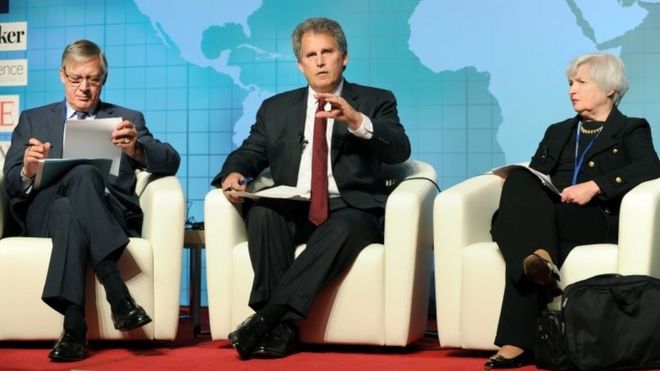China's Export Slump Shows Growth Push Hinges on Local Demand
China’s export slump deepened in February, highlighting the challenge for policy makers seeking to keep the economy humming at home while trade acts as a brake on growth.
The week-long Chinese new year holidays fell in February this year, closing factories and curbing shipments. That saw exports tumble 25.4 percent in U.S. dollar terms from a year earlier, the biggest decline since May 2009. Imports extended a streak of declines to 16 months, slumping 13.8 percent, leaving a trade surplus of $32.6 billion.
READ MORE
Coal provides about a third of Oregon's electricity, but most of it is imported from Utah, Montana and Wyoming. The state only has one operating coal-fired power plant, the 36-year-old Boardman facility supplying about 550 megawatts, but it is due to shut down by 2020.
State Republicans criticized the bill as leading to higher electricity costs for households but Pacific Power, a large Oregon utility, answered that the move to renewables would only raise costs by less than 1 percent by 2030, the newspaper said. The other major utility in the state, Portland General Electric, also backed the deal.
Economists (like me) take a wider perspective. We tend to focus on markets as aggregates rather than on individual firms. We also see government as an economic actor in its own right, providing public goods and other essentials that markets don’t because of externalities and market failure. We know the “logic” of government leads it to overreach, but most of us don’t imagine that we can live without it
Recently it occurred to me that the wave pool provides a metaphor for a complex, but disquieting phenomena that I've have been writing about at Oil-price.net for some time now -for previous articles see 2010, 2011, 2013 and 2015.
For anyone who has read one of these pieces you'll know how I have described that every three to four years volatility in the price of oil surges upwards as if spurred by an unseen wave machine.
IMF Says World is at Risk of 'Economic Derailment'

The International Monetary Fund (IMF) has warned that the global economy faces a growing "risk of economic derailment" and must take steps to boost global demand.
David Lipton, second in command at the IMF, outlined some of these risks in a speech to the National Association for Business Economics in Washington on Tuesday.
"The IMF's latest reading of the global economy shows once again a weakening baseline," he said. "We are clearly at a delicate juncture."
READ MORE



